Photograph Walk-a-Round
Il-2 at the Museum of Aviation, Belgrade
Aleks Sekularac
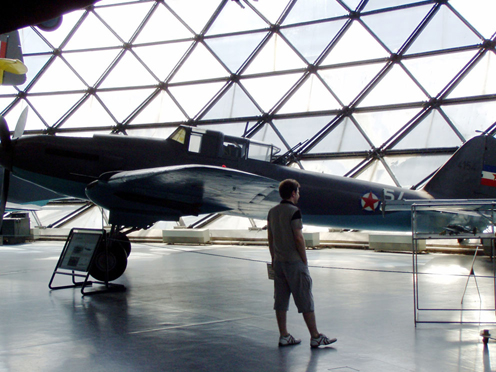
Photograph Walk-a-RoundIl-2 at the Museum of Aviation, BelgradeAleks Sekularac |
 |
Here is an aircraft that needs no introduction. Ilyushin Il-2 became an icon of Soviet struggle during the Great Patriotic War. Widely recognized as Sturmovik (“the attacker”), this is the single most numerous military aircraft in all of aviation history. More than 36000 Sturmoviks were produced, yet paradoxically, only precious few remain today to be seen in museums around the world.
Following pictures are taken in summer of 2007 in Museum of Aviation in Belgrade, Serbia, a long standing home of one Il-2 “Arrow”. According to records Yugoslav Air Force (JRV) received 213 Strurmoviks at the end of WWII and flew them for the next ten years, well into the jet age. Eventually the Il-2s were all scrapped, but for the single one preserved in this location, near the international airport Nikola Tesla in Surchin.
This aircraft is a representative of a late production two-seater (pilot / rear-gunner) configuration, with swept-back, metal-clad outer wings. It can be noted from images that the rear fuselage is also of metal construction. This is however most probably a modification done locally, after the original wooden unit decayed beyond repair. Otherwise the airframe appears to be stock. [ED: The rear fuselage, including the vertical fin, are unquestionably locally manufactured replacement units; no such metal fuselage and fin existed in the Il-2 programme.]
Sturmovik is painted in standard JRV colors of the period, with upper surfaces in monochromatic light bluish-gray and lower surfaces in light blue. The colours are very close in tonality - if not the very same -to Soviet standard AMT-11 and AMT-7. National roundels are painted on the aft fuselage and wing undersides with a small flag existing on the ruder. No maintenance stencils are visible on the airframe. This is most certainly the consequence of museum repainting.
Main cockpit was unfortunately out of reach, so no photographs were taken in this area.
Both main wheel wells were photographed. One discerning feature between the two units is the frontal circular orifice that exists on the port undercarriage nacelle only. Inside the bays the hydraulic actuators of the aft U-shaped strut are on the outer side of the corresponding leg.
Landing light is positioned in the wing leading-edge, port side only.
Note the “sectioned” armoured glass of the wind-shield (front and sides). The thick Plexiglas is quite opaque and yellow.
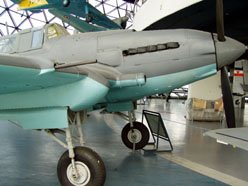 |
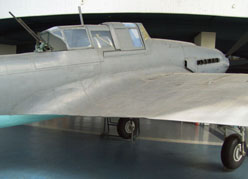 |
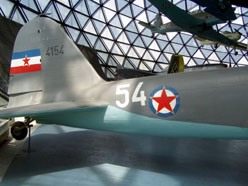 |
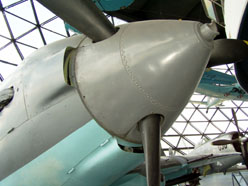 |
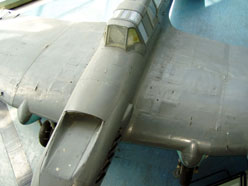 |
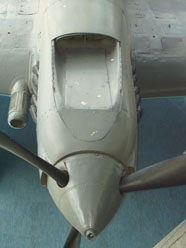 |
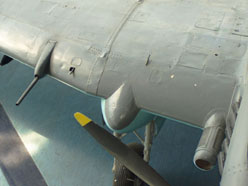 |
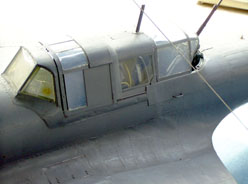 |
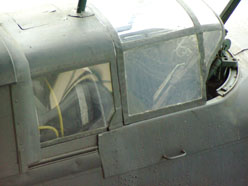 |
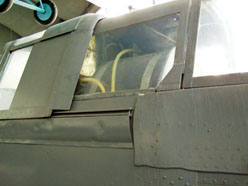 |
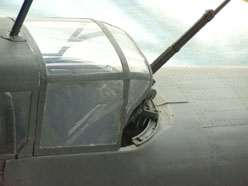 |
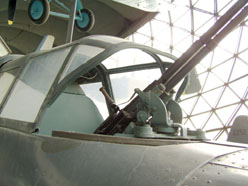 |
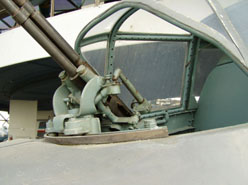 |
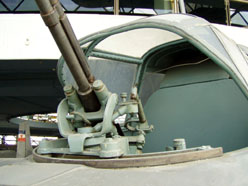 |
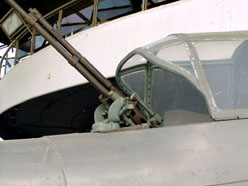 |
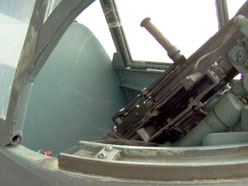 |
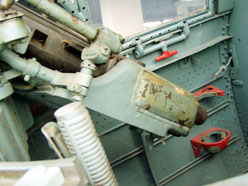 |
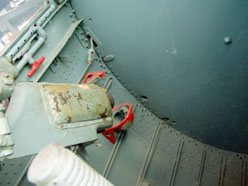 |
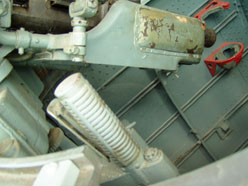 |
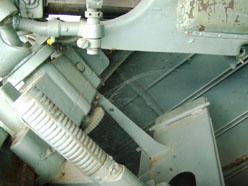 |
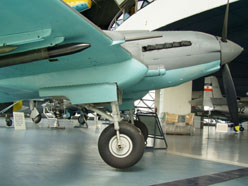 |
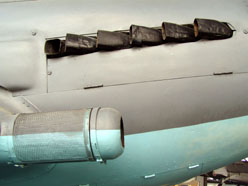 |
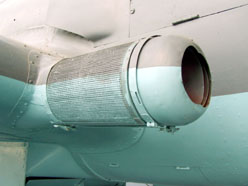 |
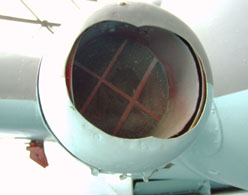 |
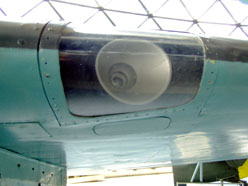 |
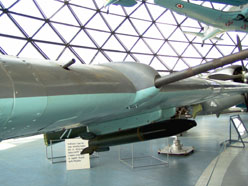 |
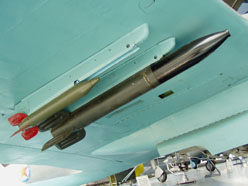 |
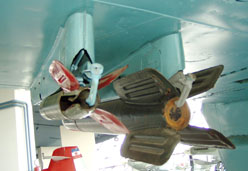 |
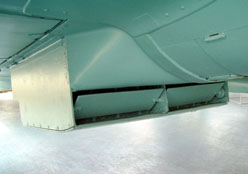 |
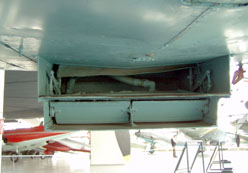 |
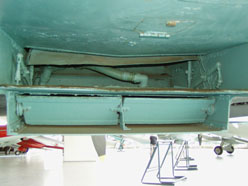 |
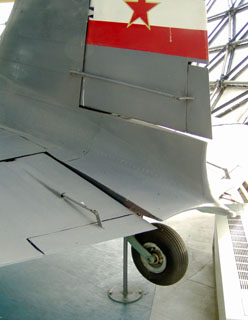 |
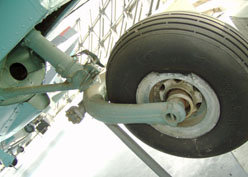 |
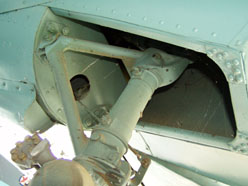 |
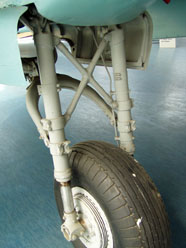 |
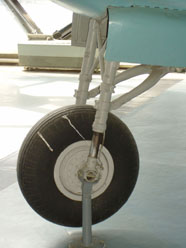 |
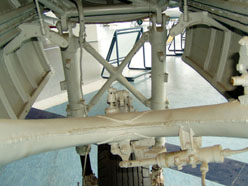 |
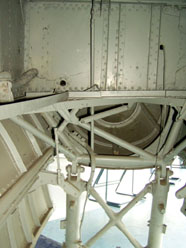 |
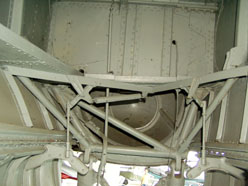 |
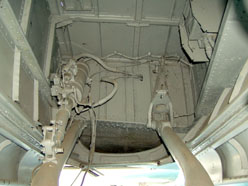 |
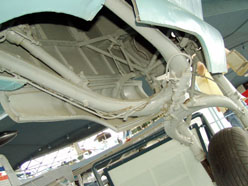 |
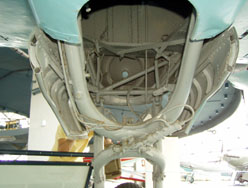 |
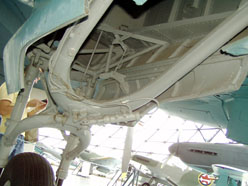 |
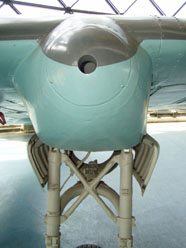 |
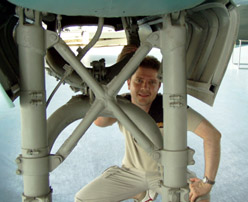 |